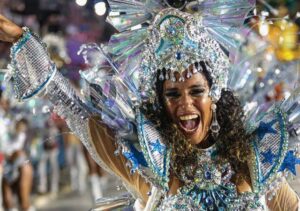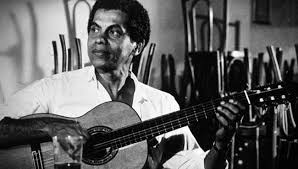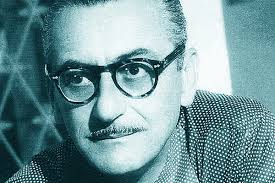 Jongos, also known as caxambu and corima, is a Brazilian dance of African origin that is practiced to the sound of drums; such as caxambu, having powerfully influenced the formation of samba in Rio de Janeiro in particular, and of Brazilian popular culture as a whole.
Jongos, also known as caxambu and corima, is a Brazilian dance of African origin that is practiced to the sound of drums; such as caxambu, having powerfully influenced the formation of samba in Rio de Janeiro in particular, and of Brazilian popular culture as a whole.
With its tuned handcrafted drums, jongo is one of the most original expressions of the African cultural heritage that refer to the inhabitants of the vast territory of the former Kingdom of Congo, introduced in Brazil by slaves.
More than a simple dance, it integrates drum percussion, the navel, the practice of magic, respect for ancestors, permeating paths between the sacred and the profane.
Samba emerged among slaves in Bahia around 1860 and soon also disembarked in Rio de Janeiro. The samba-de-roda, like a dance, starts slowly and becomes stronger and more lilting – always accompanied by a chorus to repeat the chorus. Several songs in the style have verses about the sea and African traditions.
 Samba is therefore a musical genre that emerged in Rio de Janeiro at the beginning of the 20th century, with its origins in the drums and samba circles performed by Afro-Brazilians in their moments of meeting and leisure. The origin of samba is associated with the mixture of musical elements inherited from Africa and Europe that took place in Rio de Janeiro in the 19th century.
Samba is therefore a musical genre that emerged in Rio de Janeiro at the beginning of the 20th century, with its origins in the drums and samba circles performed by Afro-Brazilians in their moments of meeting and leisure. The origin of samba is associated with the mixture of musical elements inherited from Africa and Europe that took place in Rio de Janeiro in the 19th century.
This origin comes from the old drums brought by Africans who came as slaves to Brazil. The origin of the word Samba is in the quimbundo semba, which means “umbigada”. Samba was a religious dance for Angolans and took its name, umbigada, due to the way it was danced. Kimbundu is one of Africa’s many Bantu languages, spoken mainly in the northwestern region of Angola.
 Emerging in the mid-19th century in Bahia, urban samba was one of the forerunners of traditional samba (known as Rio’s urban samba).
Emerging in the mid-19th century in Bahia, urban samba was one of the forerunners of traditional samba (known as Rio’s urban samba).
The practices of samba de roda were brought to Rio de Janeiro at the end of the 19th century and beginning of the 20th century. It is a musical genre recognized nationally and internationally as Brazilian intangible heritage, arising in Afro-Brazilian communities in some neighborhoods in Rio.
Talking about samba is remembering Carnival, the most traditional popular festival in Brazil. It is considered that the festival arose during the Middle Ages, although it has characteristics inherited from popular festivals from Antiquity.
The term Carnival derives from the Latin term “carnis levale”, which means “to take away the meat” and is related to the function of the festival in its origins. Traditionally, Carnival has as its motto the idea of “subversion of order”, in which things stop being as they are and temporarily assume their opposite. It is a period in which people give themselves up to feasts and carnal pleasures, and then start Lent.